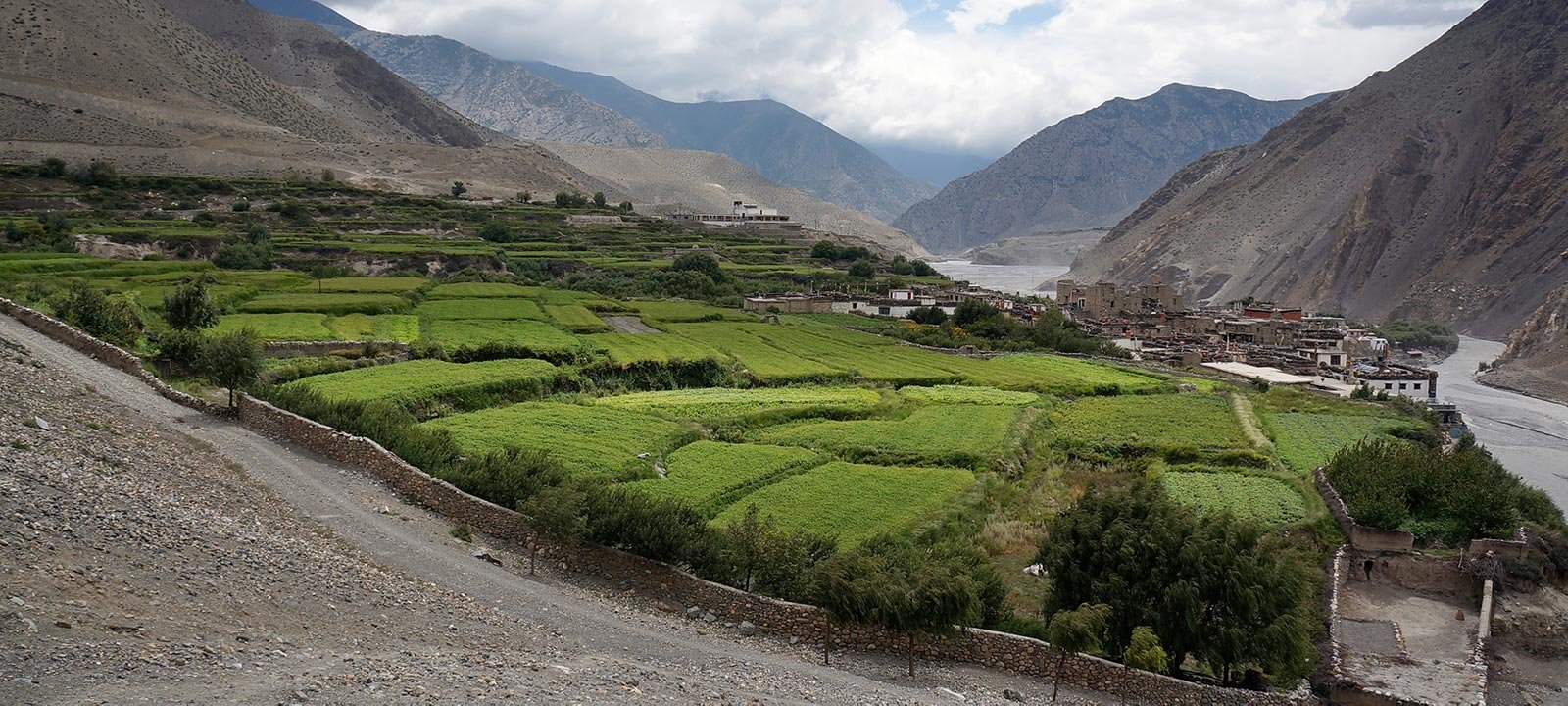
Improving Climate Resilience in the Gandaki River Basin, Nepal
Adopting an ecosystem-centred and community-based approach towards reducing climate vulnerability
Ensuring $32.7 million is prioritizing communities
With this level of funding, $32.7 million USD largely provided by the Green Climate Fund, a top-down structure was utilized, contrary to the intention of implementing a community-based adaptation project. Power plays a central role when community implementation comes into frame.
Project Overview
The Green Climate Fund project "Improving Climate Resilience of Vulnerable Communities and Ecosystems in the Gandaki River Basin, Nepal," utilized $32.7 million to bolster the resilience of both communities and ecosystems against climate-induced degradation. Spanning seven years and covering 19 districts of the Gandaki Basin, this initiative has sought to exemplify cross-border collaboration in adaptation and resilience efforts. The project is structured around three primary components: enhancing community resilience, strengthening ecosystem resilience, and improving climate governance.
Implementation and Achievements
The project's initial phase focused on setting up management structures, finalizing work plans, and engaging with stakeholders. Efforts to promote agroforestry, improve water use efficiency, and restore natural ecosystems have been initiated, reflecting the project's comprehensive approach to climate adaptation that integrates considerations for disaster risk, food security, and health.
Key personnel include Amit Poudyal, serving as the Project Manager and Technical Assistance provider, and Anu Adhikari, specializing in ecosystem adaptation and social inclusion at IUCN Nepal. Their roles encompass compiling progress reports, acting as liaisons with implementing partners, and designing action plans for ecosystem adaptation.
Challenges and Innovations
The project faces challenges such as varying vulnerabilities among communities and the primarily top-down approach of program implementation. Despite these hurdles, the project's early stage has seen significant successes, including securing government priority endorsement and funding, as well as fostering inclusive consultations with local governments, communities, civil society organizations, and indigenous peoples. A notable emphasis has been placed on ensuring that women comprise 50% of the beneficiaries.
Key Takeaways
The Gandaki River Basin initiative underscores the importance of multi-layered funding, the additive capacity of local governments, the incorporation of local and indigenous knowledge, and the collaboration between government actors and community members. While tangible results are yet to be fully realized, the project's groundwork lays a promising foundation for sustainable climate resilience strategies in Nepal.

